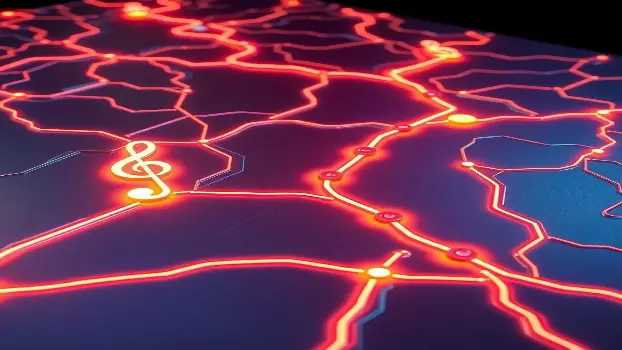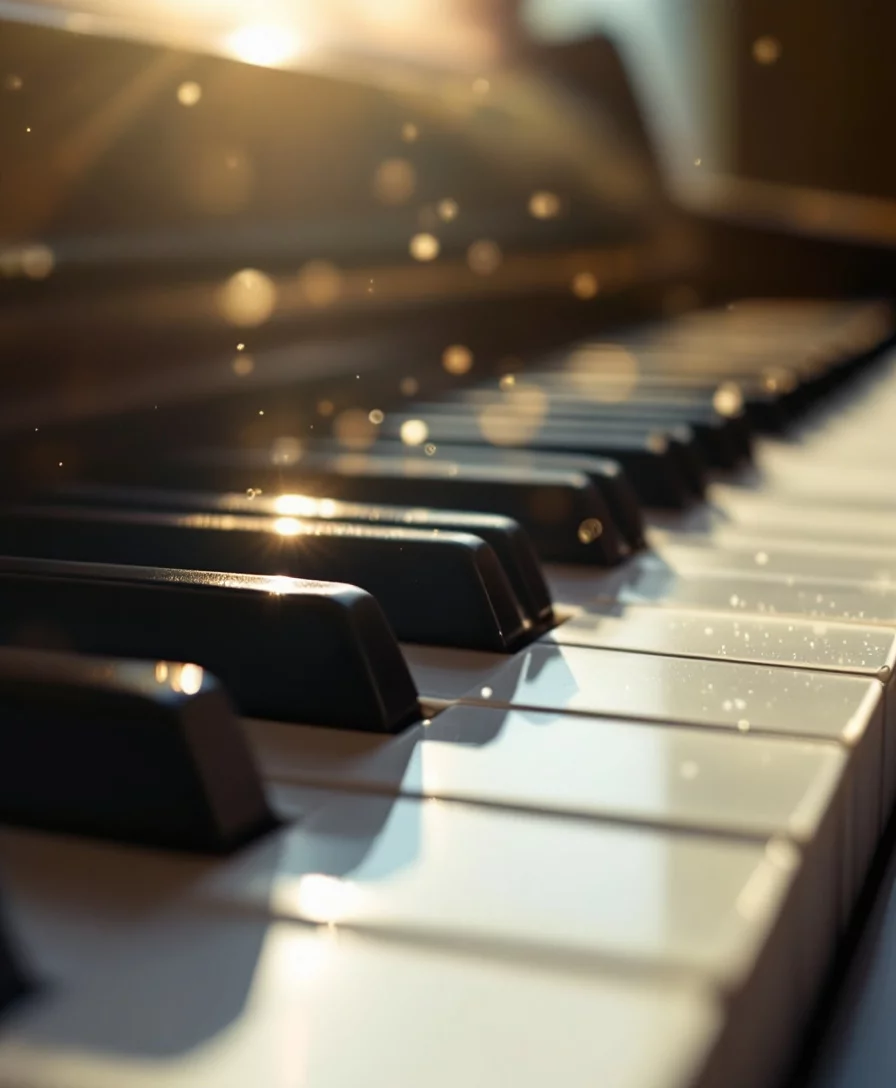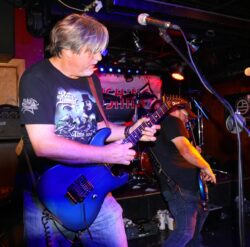
Imagine Being on a Road Trip Without a Map or GPS. Now think about playing guitar. If you’re not familiar with the fretboard, it’s like navigating without any direction and you might get lost in a hurry.
Yet, understanding where the notes are on your fretboard is as vital as having a roadmap when you’re driving. Seriously, nobody wants to end up wandering aimlessly through chords and riffs.
Seriously though, to keep progressing to the next level, having this special “fretboard roadmap“ in your head, will definitely steer you in the right direction.
Although…..it can be a whole lotta fun getting lost and playing aimlessly in the dark, when first starting out, but there’s a time and place for that!

You see, I‘ve always viewed the fretboard as directly related to the white keys on a piano.
It’s all laid out in the open right there in the key of C, which is Frank Sinatra smooth because it has no sharps or flats.
When you’ve got the natural notes down pat, you always know your location note-wise, that is. It’s like always knowing North on a compass.
Starting on this base, the open strings and natural notes give you a strong foothold. It means playing in the key of C is your musical comfort zone and the perfect place for getting your bearings on this musical trip.
What’s thrilling about this approach is that once you get the lay of the land in this key, you can confidently venture off into the wilderness of the fretboard.
That’s when you can start to sprinkle in the sharps and flats, make detours through different keys, and hit the gas on your creativity when you’re composing or jamming. ?
But before we turn the ignition and accelerate outside of the world of natural notes, octaves, and muscle memory, let’s grab our gear and step into the key of C.
It’s your reliable starting point and will be your return to home base as you learn the fretboard inside out.
Now that you have a fundamental understanding of the fretboard as your musical roadmap, it’s time to go a bit deeper into finding your way around.
Just like you’d memorize landmarks and street names in a new city, pinpointing and remembering natural note locations on the guitar is super important. It’s your fretboard GPS!
First, let’s focus on the open strings: E, A, D, G, B, and E. Commit these to memory; they’re your compass points.
Picture the fretboard like a diagram in your mind. From those open strings, we start recognizing patterns. Each fret represents a half step move in pitch. By the time you reach the 12th fret, you’ve encountered every natural note, and they then repeat.
A solid strategy here is to learn octave shapes. Ex. Place your index finger on the 7th fret of the A string. This is an E note. While holding this note, place your ring finger on the 9th fret of the G string. This is the octave E. These shapes are your shortcuts.
Building muscle memory is imperative. Even seasoned musicians return regularly to basic exercises that reinforce these locations. Developing good playing habits like this will keep your finger skills sharp.
One foundational exercise is simple: Pick a note, say C, and play it in every position you can find, across all strings. Then, repeat the process with other natural notes.
Eventually, you can pinpoint any note instinctively, almost as if the fretboard is speaking directly to you. Okay, that’s a little weird, fretboards don’t talk….or..do they?
The point here is always know where your notes are located at all times!
As you grow comfortable, it’s important to refine these skills with focused practice sessions. Scale patterns, arpeggios, and chord shapes all contribute to a deeper understanding and the ability to navigate the fretboard with precision.
However, don’t get overwhelmed with too much theory upfront. Remember, all complex roads on the guitar lead back to these simple natural notes and octaves – your main navigational tools.
Now that you’ve got your bearings with the natural notes on the fretboard, it’s time to venture into the wilds of improvisation and composition.
Think of the key of C as your home base. From here, you can start exploring the thrilling landscape of sharps, flats, and all the chromatic wonders in between.
Why is this so exciting? Because once you’re comfortable with where you are on this musical map, you’re free to experiment. You can weave in unexpected notes, slide into bluesy bends, or sprint across the fretboard with pentatonic scales.
It’s these little detours that give your playing character and make your music uniquely yours. Don’t be shy about trying a note outside of the realm of the key you’re playing in. It might sound strange, eerie, happy, sad, cool or just SUPER ANNOYING!!
Important thing is to have fun with it! What’s the worse that can happen, I mean really!!
Of course, just like any thrilling off-road adventure, there are tools and knowledge that can help you navigate the terrain safely and effectively.
Music theory isn’t about chaining you to rules; it’s a toolbox for creativity. Combine this knowledge with consistent finger exercises and nothing, I mean nothing will stop you from progressing!
Learning scales, chord structures, and the relationships between notes, gives you a fretboard gps that guides your improvisations, so they make musical sense and express your ideas. GPS (Guitar Positioning System)
As you start to bring your own original material to life on the fretboard, remember that every great guitarist started with a single note. It’s your curiosity and willingness to explore that transforms a fretboard from a grid of strings and frets into a canvas for your artistry.
Fretboard mastery is your Passage to Bangkok (Yes, I’m a huge RUSH fan!). With each step, each new note you learn and each piece of theory you absorb, you’re adding to a palette of possibilities.
Let your hands wander, let your ears guide you, and let the music you create be a testament to your adventure.

Navigate confidently, take creative risks, and most importantly, enjoy every note throughout this fascinating musical passage.
Now, get ready to make a deal at the crossroads!

I’ve been playing guitar 40 years now; writing, recording, and rocking in bands. Randy Rhoads, Warren DiMartini, and of course, Jimi Hendrix all lit the fire for me, and I’ve been chasing that passion ever since.